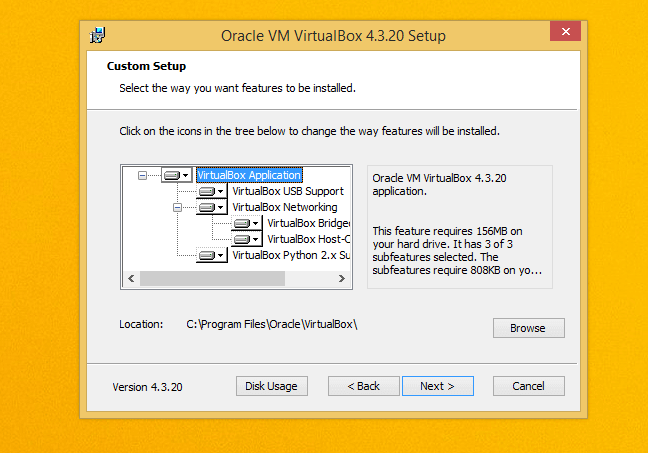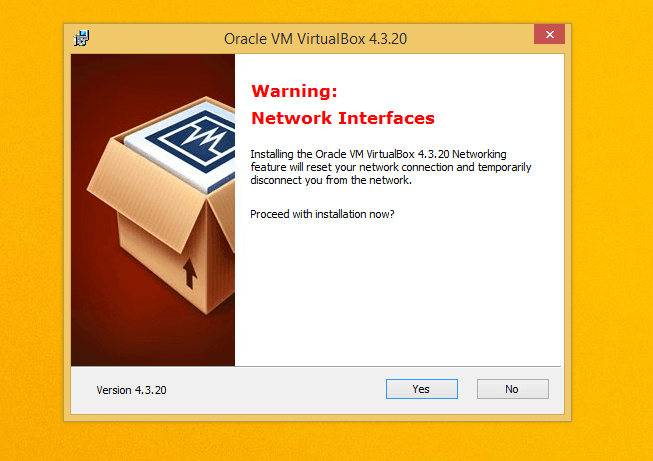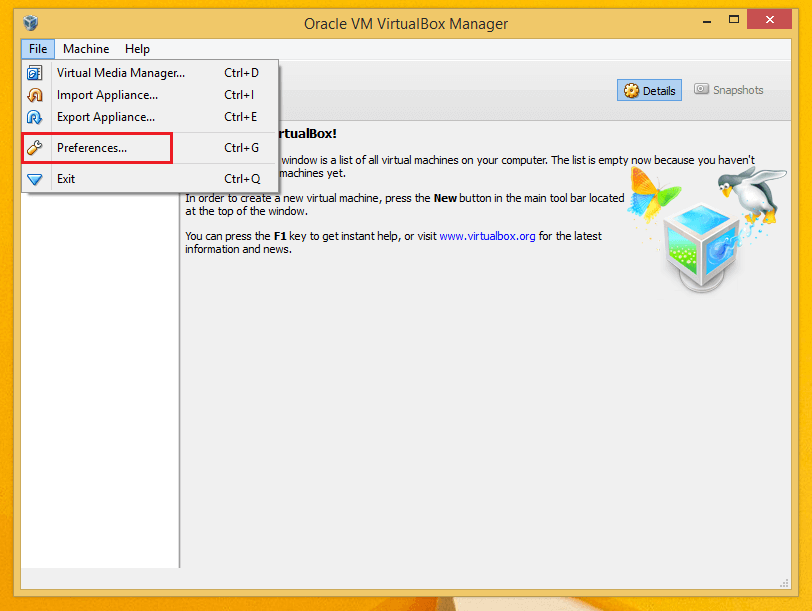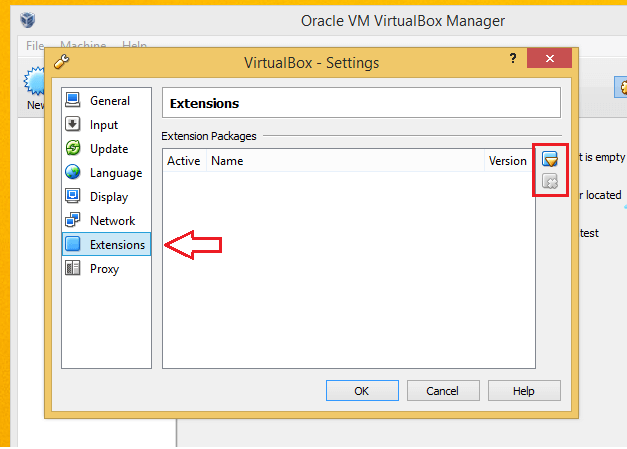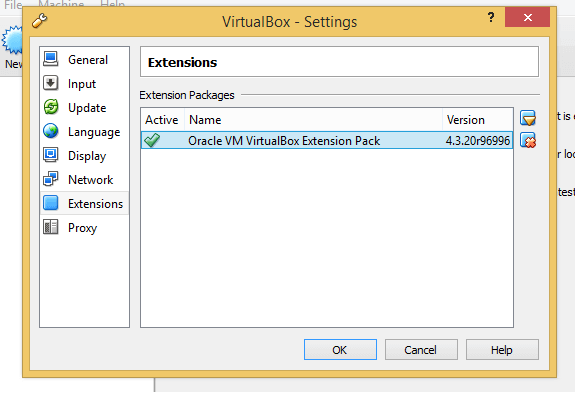It’s 2015 and this is our first post of the year! Hope you had a wonderful 2014.
Few days ago a friend of mine asked how come I owned so many computers? I was surprised because I do not own so many computers. He probably hadn’t heard of virtualization software.
You see, I owned two computers. A laptop and a desktop. Both run Windows 8.1. I used the laptop at work and the desktop at home. On the desktop, I run VMware Workstation and my laptop runs VirtualBox. Both are virtualization software that allow you to run multiple guest operating systems from a single host computer. The host computer is the physical computer running Windows, Linux or other operating systems. The guest operating systems are the ones you install on top of the virtualization software installed on the host computers.
The guest OS can be Windows, Linux, Mac or others. You can run as many guest operating systems you want as long as the host computer is capable enough to run them efficiently.
Each guest OS runs and operates as if it’s installed on a dedicated hardware (computer) even though it’s running from a virtualized environment. All the systems resources are handled and distributed by the virtual software and the guest operating systems are not aware.
This brief tutorial is going to show you how I run and operate these systems in my environment and how it seems that I owned multiple computers.
Since I use VMWare Workstation and VirtualBox, those are the two systems I am going to discuss. For others, you may have to consult other resources.
- Installing and Configuring VirtualBox
VirtualBox is free. You can download and install it on your Windows, Linux or Mac OS X host machine. To install it on a Windows host machine, click this link to download the latest version. You can install it like any other Windows application with a simple point and click method. The default settings should be just right for many environments.
Run the installation and click Next at this screen below.
Then select Yes on the screen below. This will allow VirtualBox to create a virtual network interface. Doing this will temporarily disconnect your computer from the network, so make sure you’re not downloading or performing network related tasks.
At the end of the wizard, click Install to install the software.
- Installing VirtualBox Extension Pack
After installing VirtualBox, there are some things you must do so that will operate smoothly and perform well. One of these tasks is to download the install VirtualBox Extension Pack. You can download it from the same download page of VirtualBox.
The extension pack enables support for USB 2.0 devices, RDP and PXE boot for Intel cards. To install the Extension Pack, download it, then open VirtualBox software.
Then open VirtualBox and go to File à Preferences
Next, scroll down to Extensions and click the add button on the right
Finally, select the downloaded extension pack file to add. It should be installed and added as shown in the image below.
That’s it!
In our next post, we’re going to show you how to install VMWare Workstation on a Windows host computer.

